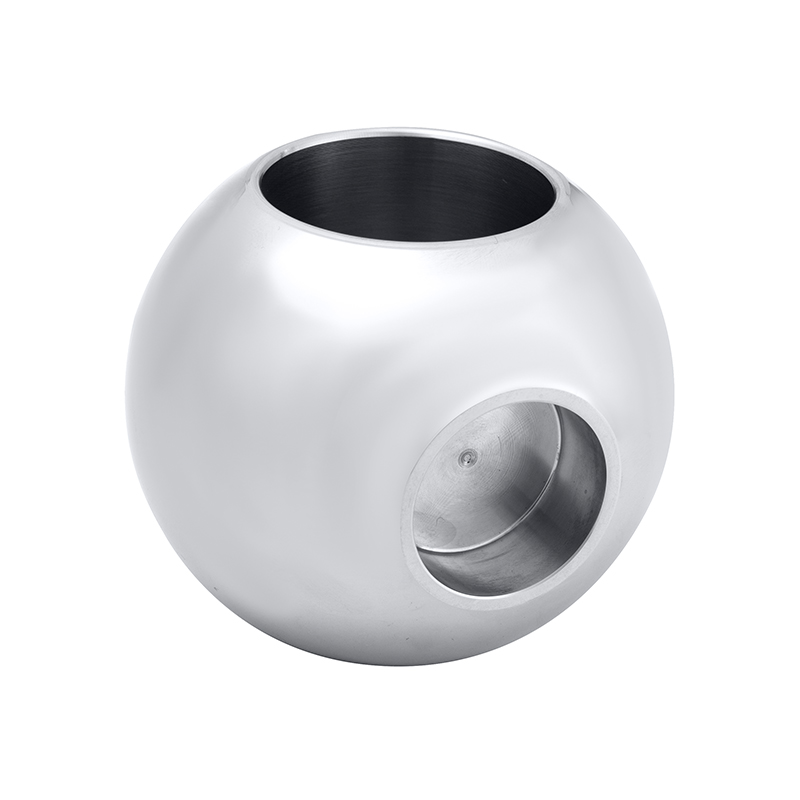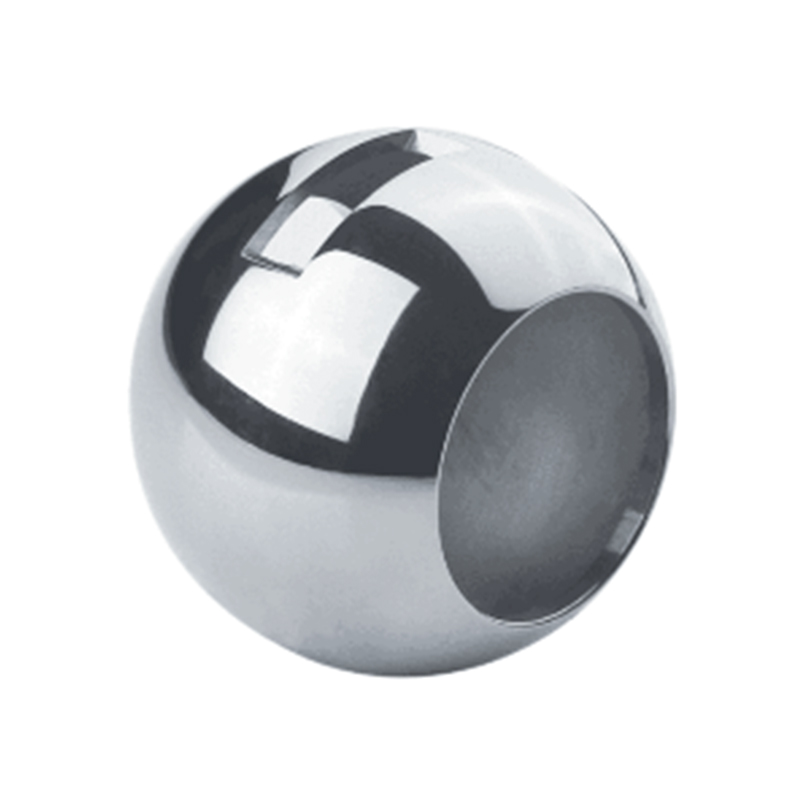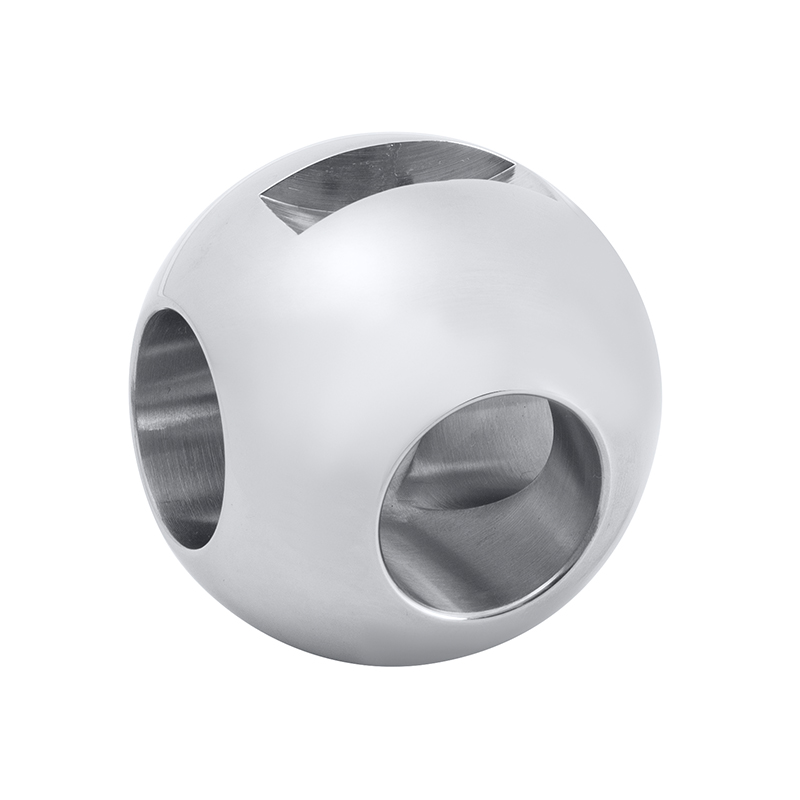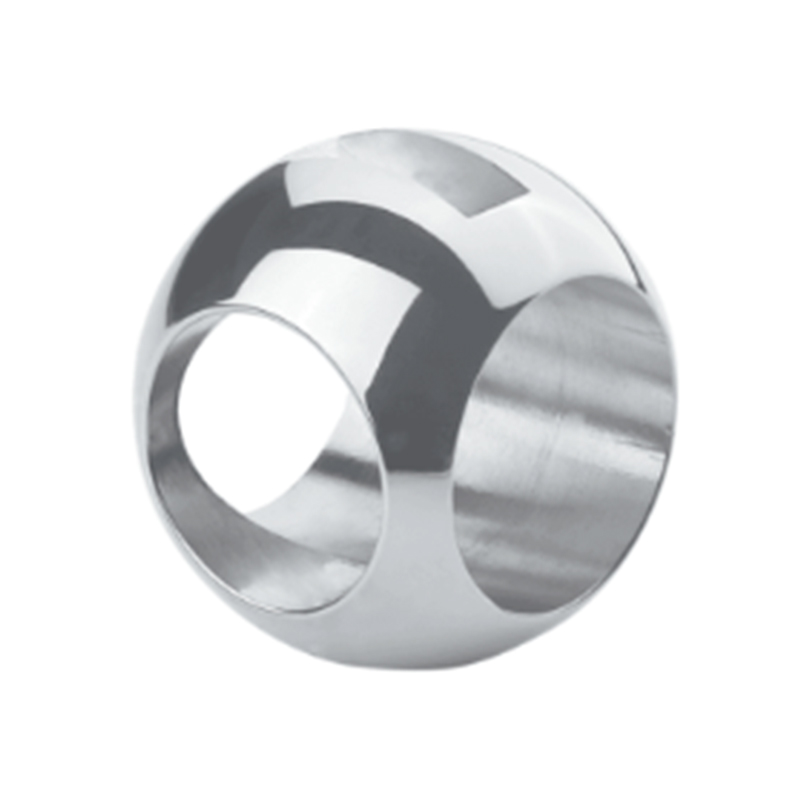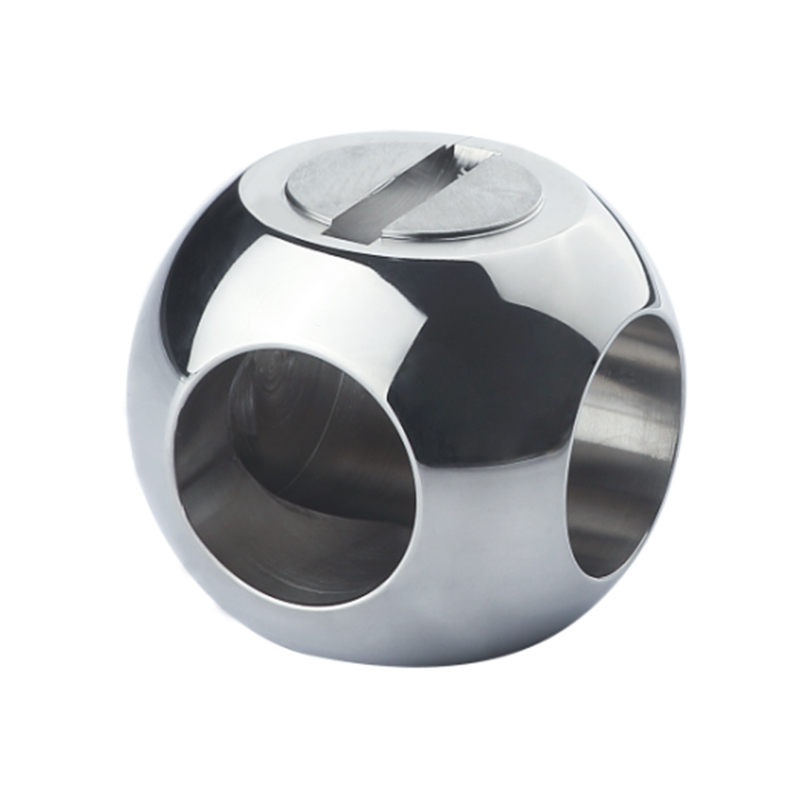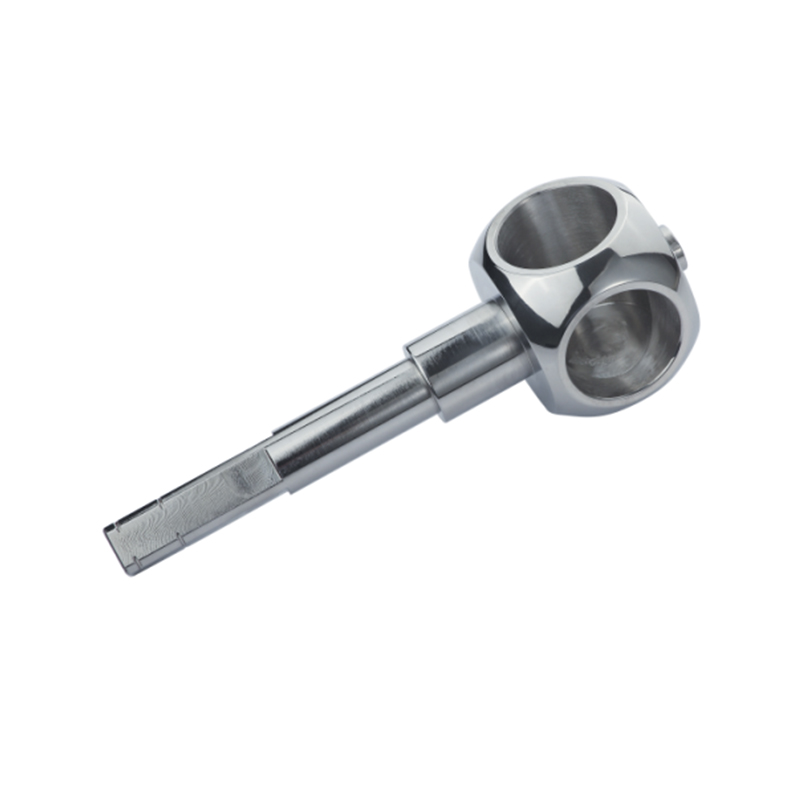Precision-machined valve balls are critical components used in various types of valves, including 3 way flanged ball valves and high vacuum ball valves. Their accurate geometry, smooth surface finish, and tight tolerance levels directly influence the sealing performance, flow control, and reliability of the entire valve assembly. Mishandling these valve balls during transportation, storage, or installation can advance to surface damage, misalignment, or contamination — all of which compromise valve function. This article outlines key handling precautions that should be followed when working with precision-machined valve balls.

1. Understanding the Application Environment
Before addressing handling practices, it's important to understand the functional environments in which 3 way flanged ball valves and high vacuum ball valves are typically used.
3 way flanged ball valves are widely used in process industries for diverting or mixing flow. Their applications include chemical plants, water treatment, and HVAC systems. These valves often manage medium to high pressures and require accurate sealing performance to control flow direction effectively.
High vacuum ball valves, on the other hand, are employed in vacuum systems where gas leakage must be lessened. These valves are often used in scientific equipment, semiconductor production, and space simulation chambers. The valve balls used in such systems must maintain exceptional surface cleanliness and dimensional stability to support the vacuum environment.
2. Importance of Clean Handling
Contamination is a major concern, especially for high vacuum ball valves, as any particle, oil residue, or moisture on the valve ball surface can interfere with vacuum integrity. To avoid this, the following steps should be taken:
Always handle valve balls with clean gloves. Avoid touching the surface with bare hands to prevent oil transfer.
Store the valve balls in clean, sealed containers. Avoid exposing them to open environments where dust, moisture, or chemicals could contaminate the surface.
If valve balls are removed for inspection or maintenance, place them on soft, clean materials to prevent scratches or foreign particle adhesion.
3. Preventing Physical Damage
Precision-machined valve balls are susceptible to damage from impacts, abrasion, or improper mounting. Scratches, dents, or deformation can advance to leakage or reduced control accuracy.
Use protective packaging during transportation. Foam padding or molded trays are suitable for less movement and absorbing shock.
Avoid stacking or dropping valve balls. Even minor impacts can affect the surface finish or concentricity.
During assembly into a 3 way flanged ball valve or high vacuum ball valve, ensure that the alignment is correct and that no foreign objects are trapped between the ball and the seat.
4. Maintaining Dimensional Integrity
Both 3 way flanged ball valves and high vacuum ball valves rely heavily on the exact fit between the valve ball and the seat. Excessive handling, thermal shock, or mechanical stress can cause warping or size variation.
Avoid exposing valve balls to sudden temperature changes. This is especially important when transitioning from cold storage to ambient temperature.
Do not modify or machine the valve balls without consultation from technical personnel. Precision-machined surfaces are finished to strict tolerances that should not be altered.
Use proper lifting tools for large valve balls to prevent bending or impact.
5. Compatibility with Valve Body
Ensure that the valve ball is compatible with the valve body in terms of size, material, and pressure rating. Mismatched components can cause uneven wear, improper sealing, or mechanical failure.
In 3 way flanged ball valves, verify the flow path orientation and ball port design before installation.
For high vacuum ball valves, double-check that the valve ball material and coating are suitable for vacuum conditions and do not outgas under low pressures.
6. Periodic Inspection and Maintenance
Even with careful handling, periodic inspection is necessary to detect wear, corrosion, or deformation early.
Inspect surface finish and roundness using appropriate measurement tools.
Look for signs of pitting, discoloration, or residue, particularly in high vacuum ball valves where cleanliness is crucial.
Replace damaged valve balls rather than attempting surface repair, as even minor defects can degrade performance.
Precision-machined valve balls play a vital role in the reliability and performance of 3 way flanged ball valves and high vacuum ball valves. Proper handling, from transportation to installation, is essential to preserve their geometry and functionality. By following the above precautions, industries can extend the service life of their valves, maintain process safety, and ensure consistent performance across various applications.

 English
English Español
Español Deutsch
Deutsch
